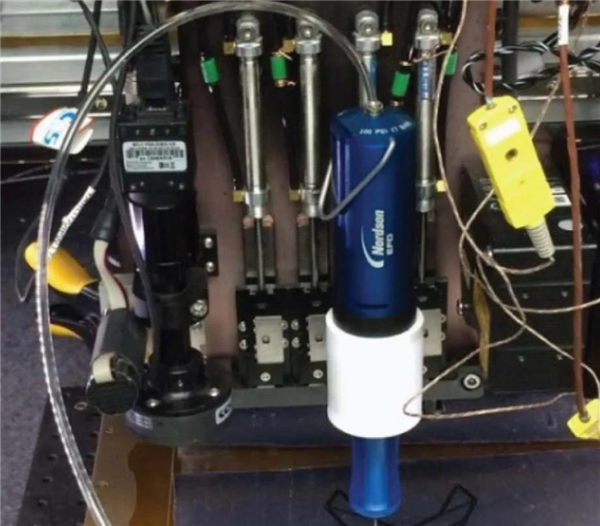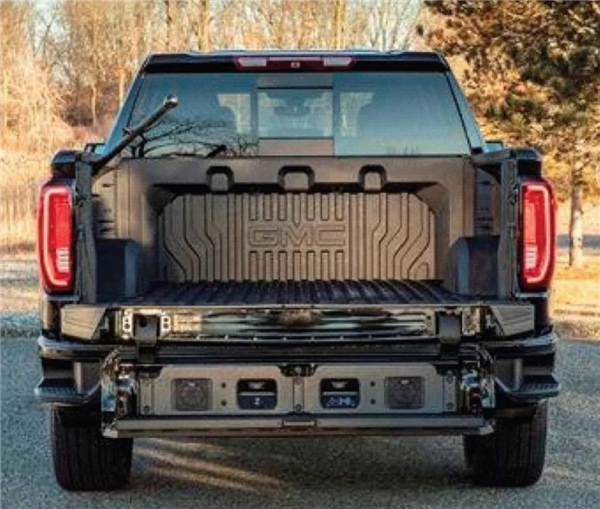21 Apr, 2020 By Johny 2 Comments
Inventory(2)–the hotspot of global advanced fiber composite research and development in year 2019
USA:
The United States is the first country to conduct carbon fiber and aramid fiber research, and has the world’s leading industrial chain of high-performance fibers, composite materials and composite products in various fields. At present, the United States has unique advantages in the application of high-performance fibers in the aerospace and military industries, and pressure vessel, wind power, and automotive markets are also developing rapidly. Carbon fiber occupies the largest market share of high-performance fiber materials in the United States, and is mainly used in the field of defense and security. In recent years, UHMWPE fibers have also become the “new favorite” of the US Defense Research Department.
Ultra-high molecular weight polyethylene fiber has the lowest density and highest strength among the developed fibers. It is currently the fiber with the best ballistic resistance and has an irreplaceable role in the field of defense and military industry. In September 2019, the US Army Research Laboratory stated that it is preparing a new material for body armor through a new technology that combines ultra-high molecular weight polyethylene with silica nanoparticles. This new material has higher strength and is Ideal material to absorb bullets and other shell impacts. In November 2019, U.S. officials stated that the U.S. Special Forces are currently testing a light combat armor. It is one of the results of the previous “Tactical Assault Light Operation Suit (TALOS)” (Figure 1). This light armor It is a “lightweight polyethylene limb protective armor” that is both strong and lightweight, and is 25% lighter than the current standard protective equipment. This new combat armor is compared with the standard infantry body armor (19% body coverage) in active service. The body coverage rate is more than 44%, which can effectively protect the soldier’s shoulder, front side, forearm and span.

After nearly 40 years of development in the US aerospace field, high-performance fiber materials have entered a mature application period. The design and manufacturing experience of the United States in this field is very rich. It has successfully developed various composite structural parts such as full carbon fiber / epoxy composite fuselages. The quality of carbon fiber composite materials in Boeing 747 has reached 50%. In the future, the main development direction of high-performance fibers and composite materials used in the aerospace field is the development of structured and functional materials, and the development and application of low-cost and integrated technologies. On March 15, 2019, the US Air Force Research Laboratory (AFRL), in collaboration with the University of Arkansas and the University of Miami, developed a 3D carbon fiber / epoxy composite material and developed a customized direct inkjet 3D printing device (Figure 2). It can be used to process short-fiber epoxy resin composite structural parts in the aerospace field. The development of this material provides technical support for the manufacturing of next-generation multifunctional unmanned aerial vehicle structural parts. In addition to research in key areas such as aerospace and military, the United States also attaches great importance to the application research of high-performance fibers and composite materials in other fields.

On October 29th 2019, OceanGate announced that it plans to use carbon fiber and titanium to design and build two new types of submersibles to meet the growing expedition, research and commercial needs of deep-sea manned submersibles. In the automotive field, General Motors of the United States announced in 2019 that it will start using carbon fiber cars in the GM Sierra pickup GMC Sierra Denali 1500 (Figure 3) and “GMC Sierra AT4 1500”. Development, is the world’s first use of carbon fiber-reinforced thermoplastics for high-volume production of automotive structural parts. This “CarbonPro” has a weight reduction of about 25% compared with other pickup trucks, and has first-class dent resistance and scratch resistance Wipe and corrosion resistance.

While advancing the market application of high-performance fibers and composite materials, American researchers have also been committed to the research of new structures and new functional materials. In June 2019, the Ajayan team at Rice University in the United States developed a layered composite material reinforced with high dielectric, high thermal conductivity and high temperature resistant aromatic polyamide fibers. The material has a dielectric constant of up to 6.3, a thermal conductivity of up to 2.4W · m-1 · K-1, a breakdown strength of up to 292MV · m-, and a Young’s modulus of 11GPa. in.
As a reinforced material for composite materials, high-performance fibers have their own mechanical properties that greatly affect the performance of fiber composite materials. A new technology has been developed to increase the strength and modulus of carbon fiber. In January 2019, the Kumar team at the Georgia Institute of Technology used polyacrylonitrile (PAN) fibers as raw materials to successfully prepare carbon nanofibers with a mass fraction of more than 40%. The tensile strength of PAN / CNC-based carbon fiber is in the range of 1.8 ~ 2.3GPa, and the tensile modulus is in the range of 220 ~ 265GPa.
Sourcing from cnfrp.com

